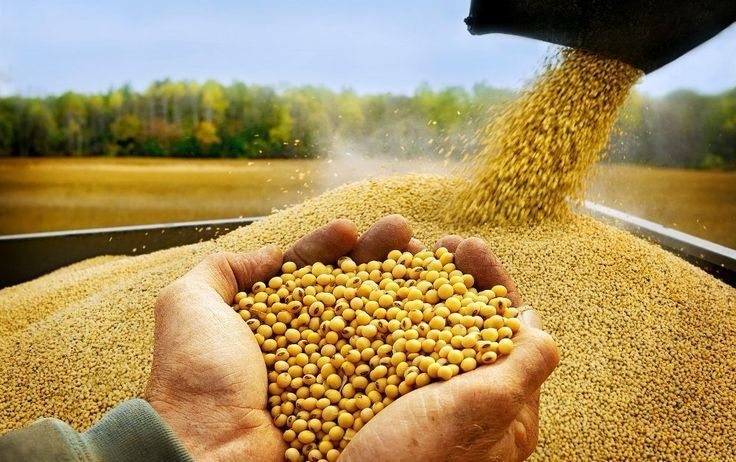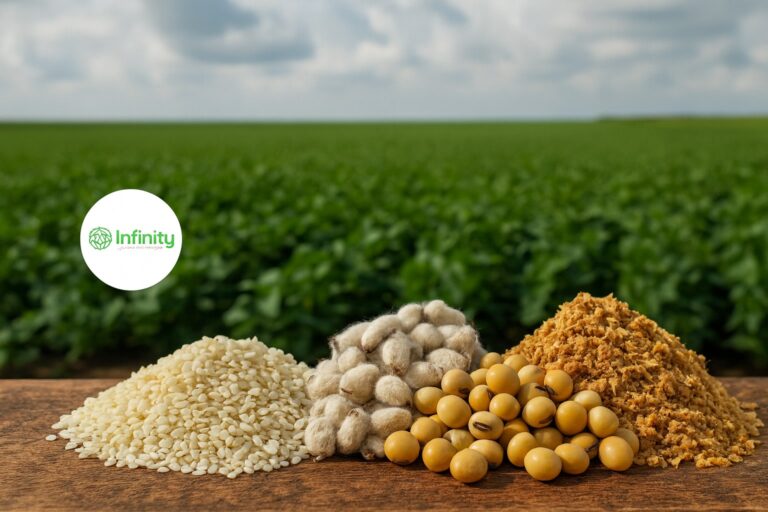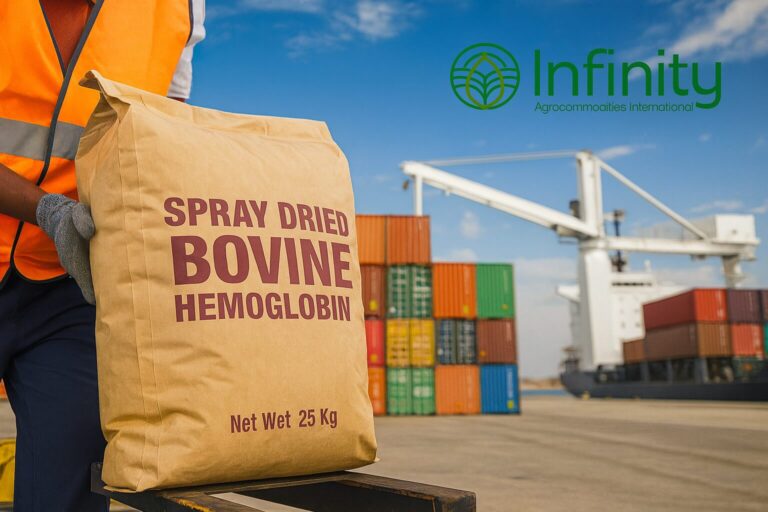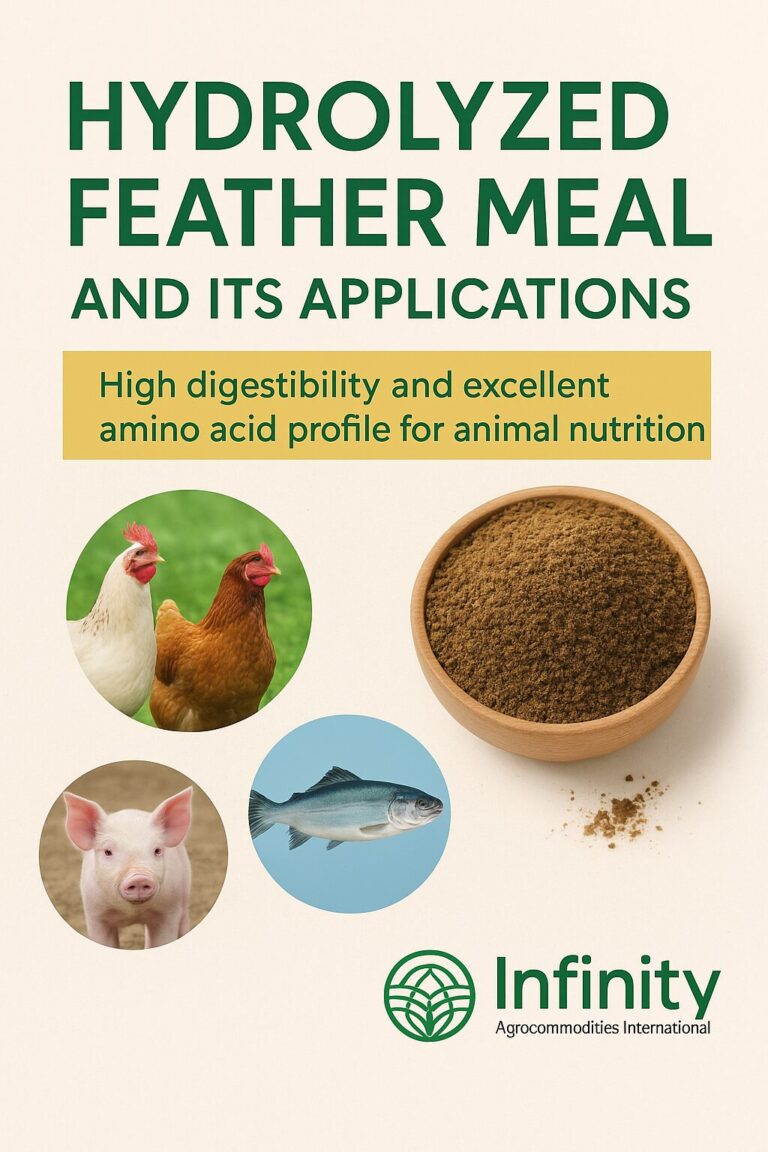Bumping up soybean yield doesn’t have to mean increasing your input budget. Connor Sible, postdoctoral researcher at the University of Illinois Urbana Champaign (UIUC), offers four low-cost methods to give your crop a boost.
1. Planting Date
While growers may be hesitant to push a planting date too early, Sible says genetics have come a long way to enable getting soybeans in the ground sooner.
“Soybean can tolerate cooler, moist soils better than they used to,” he says. “They can also tolerate those earlier conditions quite a bit longer, and they can survive in the ground longer than we traditionally expect and still come up. And so that’s opened a new opportunity.”
Allowing the soybeans to grow longer gives them more time to put nodes out. For example, in east-central Illinois, planting before April 20 would be considered early.
“I’ve seen some Illinois growers planting in the last week of March, but I think many are looking at the first half of April more often than they would have in the past,” Sible says. “It may warrant an extra herbicide pass early, but relative to putting on high rates of fertilizer or frequent in-season foliar sprays, I think the earlier planting is certainly a low risk, high reward.”
2. Longer-Maturity Group
Similar to planting early, using soybean varieties in a longer-maturity group (MG) gives the plants more time to put out additional nodes and pods.
“With a longer MG you get a couple more days of sunlight and thus a couple more days of photosynthesis. Ideally, that goes to the seeds during grain fill,” Sible says. “And assuming you use the same company and same trait package, you’re going to have the same cost for that bag.”
On UIUC’s research farm, studies have been done with varieties ranging from 2.8 to 4.2 groups.
“Most central Illinois farmers are probably in that 3.5 to 3.6 or 3.7 range,” Sible says. “We’re saying maybe go from a 3.7 to a 4.0.”
Growers in Iowa, Minnesota and Missouri can also compare yield data from different planting dates and maturity groups using a planting decision tool developed by Iowa State University Extension and Outreach.
3. Seed Treatments
Sible says seed treatments are another option that can give farmers a lot of bang for their buck.
“Seed treatments are relatively inexpensive compared to other inputs. Oftentimes a bushel-and-a-half pays for the product,” he says. “We’re seeing some work with molybdenum and bacillus-based treatments giving us anywhere from 1.5-to 2.5-bushel responses. Those are economical wins for the farmers.”
4. Combine Calibration
Sible believes focusing on mitigating harvest loss is another way to maximize your yields. He advises following the combine in each field this fall and ensure you’re getting every bean you can.
“It starts at the head. Make sure you’re getting a nice, clean cut so that the beans fall right into the head,” he says. “Then through the combine, it comes down to how it’s threshing and your concave settings. Making sure you’re cracking open every pod so every bean is getting pulled out. Sometimes, if pods don’t crack, they just fly out the back, carrying the beans with them.”
Sible notes that beans can be tricky, but after seeing so many green fields last November, he knows there is room for improvement.
“Harvest loss is the lowest-hanging fruit,” he says. “Just keep an eye on those combine settings.”





